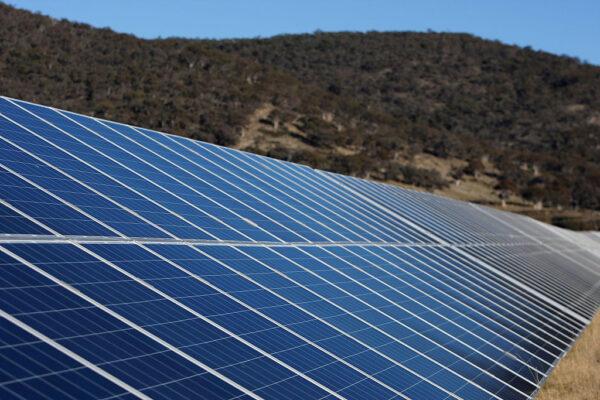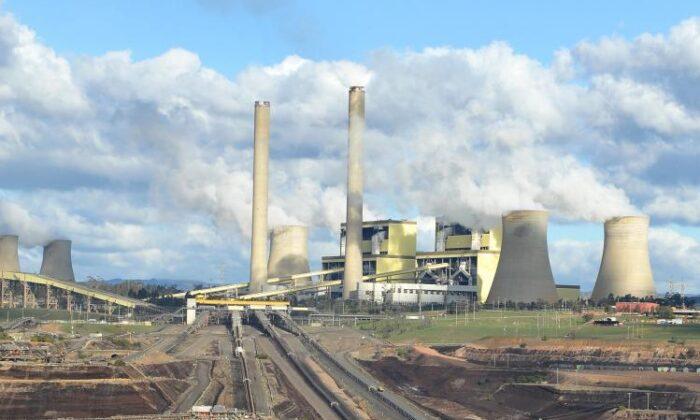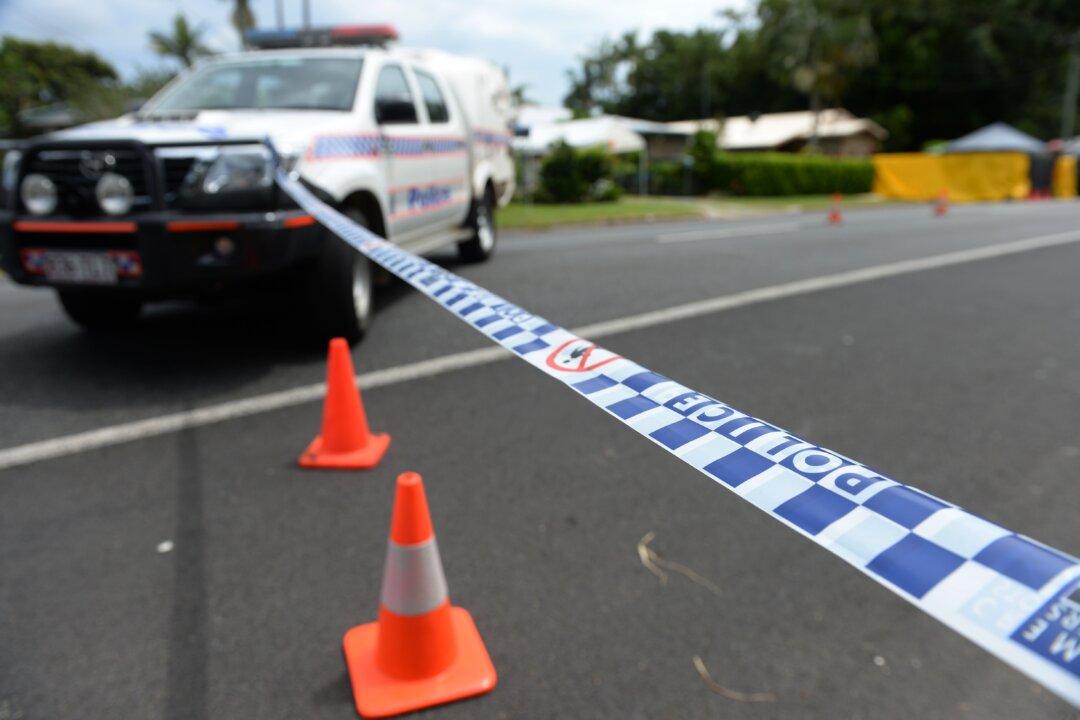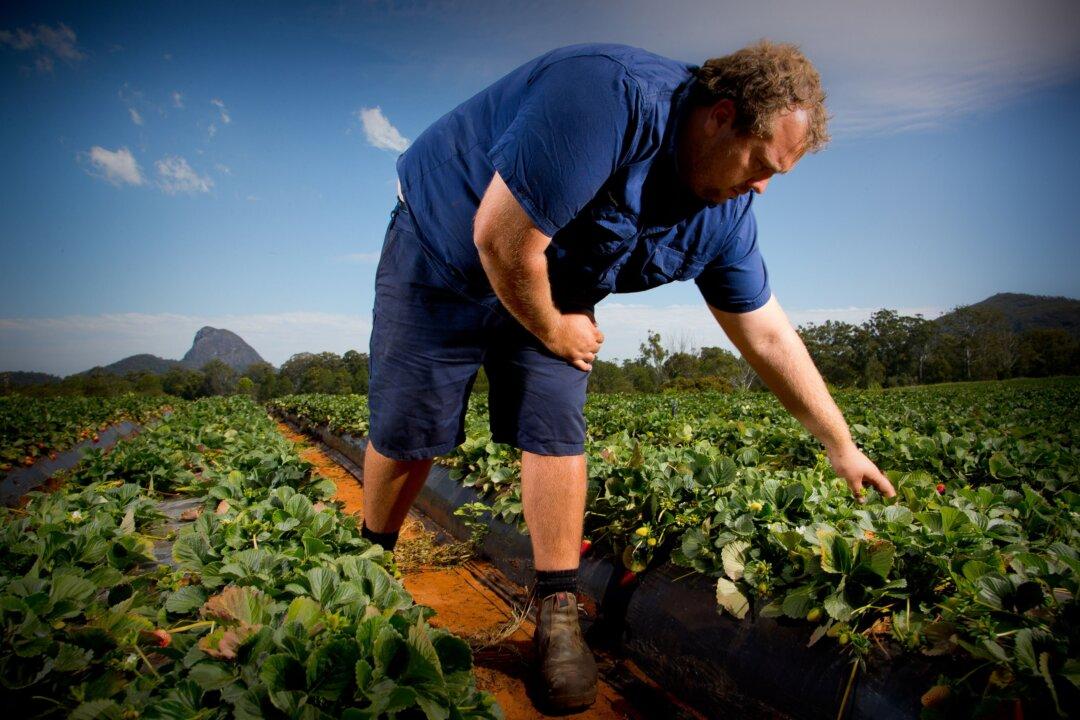Australian energy ministers at state and federal levels have agreed to strengthen the powers of energy regulators and allow the market operator to obtain and store gas supplies to curb the energy crisis.
Federal Energy Minister Chris Bowen convened a meeting with his state and territory counterparts on June 8, in which they put forward 11 action points.
Bowen said the proposed changes would enable Australia to manage the energy crisis from now on.
“The Australian Energy Market Operator (AEMC) could procure some gas and keep it in reserve to be released for urgent and crisis situations.
“That is technically possible. There are storage facilities around the country. We agreed to work to give AEMO that power and to give them that power expeditiously.”
At the same time, the federal government would grant more powers to energy regulators to protect the market’s transparency and consumers’ best interests.
In addition, the government has instructed the AEMC to develop a capacity mechanism that ensures that power plants can generate electricity whenever necessary.
Separately, the ministers settled on developing a national transition plan for the energy market prior to the next meeting in July.
Resources Minister Madeline King said that unscheduled outages at coal-fired power plants were exerting more pressure on the electricity grid, causing companies to work harder to raise their output.

New South Wales Treasurer and Energy Minister Matt Kean also said that coal-fired power stations in the state had to push up their output to reduce the reliance on gas.
“When we’ve got coal-fired power plants that are not in operation due to unscheduled outages, that means gas is filling the gap,” he said.
“We need our power stations running at full tilt during the winter period, so we’re less reliant on gas and can put downward pressure on electricity prices.”
Additionally, King said that the domestic gas supply guarantee mechanism had been implemented to relieve the gas shortages on the east coast, but it would not lower prices significantly right away.
“I’m not saying we’re going to see a massive reduction in prices overnight. We’re certainly not because we still need those ... existing coal-fired power stations to come online. But the gas is moving around, and more gas has been supplied.”
Meanwhile, the Australian Capital Territory is expected to be the only jurisdiction witnessing a slight drop in electricity prices due to a number of large-scale renewable energy projects commencing operation.
While Prime Minister Anthony Albanese affirmed that coal would still be a part of the national energy mix, Bowen warned it was not easy to tackle the energy crisis due to the country’s ill preparation.






Friends Read Free